The Mahindra Scorpio has received a zero-star rating from ANCAP, with the safety authority criticising its lack of active safety tech and its impact on other vehicles.
Safety authority ANCAP has given the Mahindra Scorpio, along with the MG 5 sedan, a zero-star safety rating, despite the Scorpio scoring a five star safety rating in Global NCAP testing.
The only other time ANCAP has given a vehicle zero stars was the now-defunct Mitsubishi Express, which received the wooden spoon in 2021.
The Scorpio received an adult occupant protection rating of 44 per cent, a child occupant protection rating of 80 per cent, a vulnerable road user protection rating of 23 per cent, and a safety assist rating of 0 per cent.
While ANCAP criticised the Scorpio for its lack of autonomous emergency braking and any lane support systems, leading to its 0 per cent safety assist rating, it also criticised its physical crash protection.
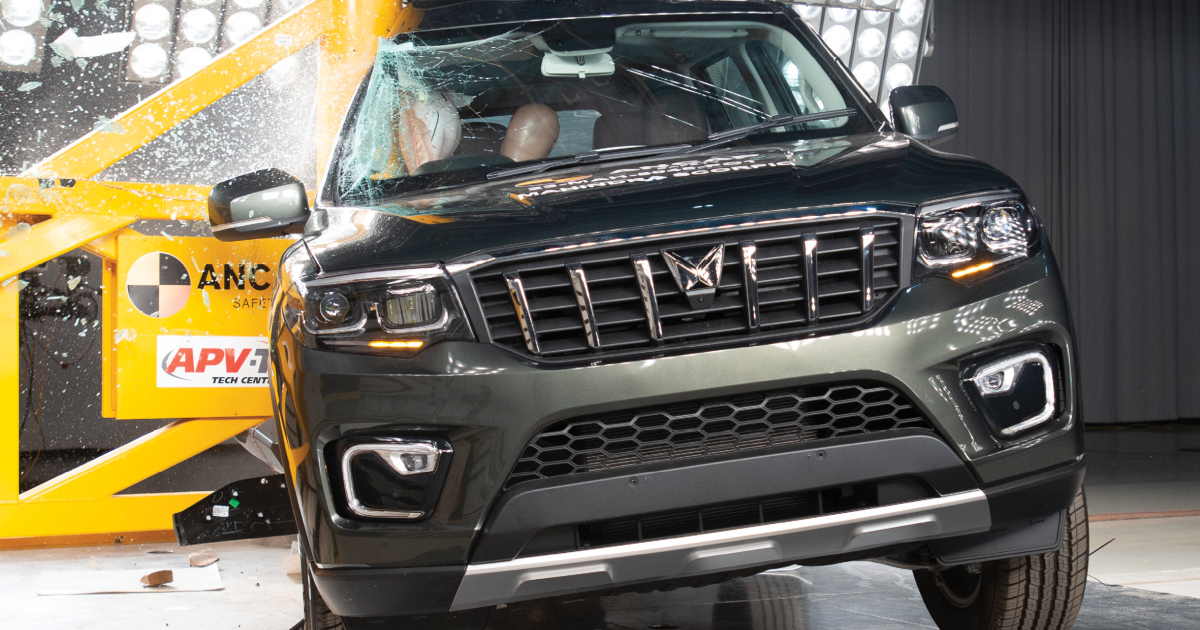
The Scorpio received Marginal and Good ratings for child occupant protection, and Marginal, Acceptable and Good ratings for adult occupant protection in crash testing, but Weak and Poor results were also recorded for the latter.
ANCAP noted the passenger compartment was stable in the frontal offset test, with protection of the driver rated as Adequate and Good. But the front structure was found to present a high risk to occupants of an oncoming vehicle, and ANCAP applied a maximum 8.00 point penalty.
In the full-width frontal test, protection of the driver was rated Weak for the chest but Good for all other critical body areas. Protection of the rear passenger head, neck and chest in this test was deemed to be Poor due to the high load imparted by the seat belts during a crash.
Driver protection was deemed Good in side impact testing, with a Marginal rating for chest protection in the oblique pole test but Good ratings for all other critical body regions.
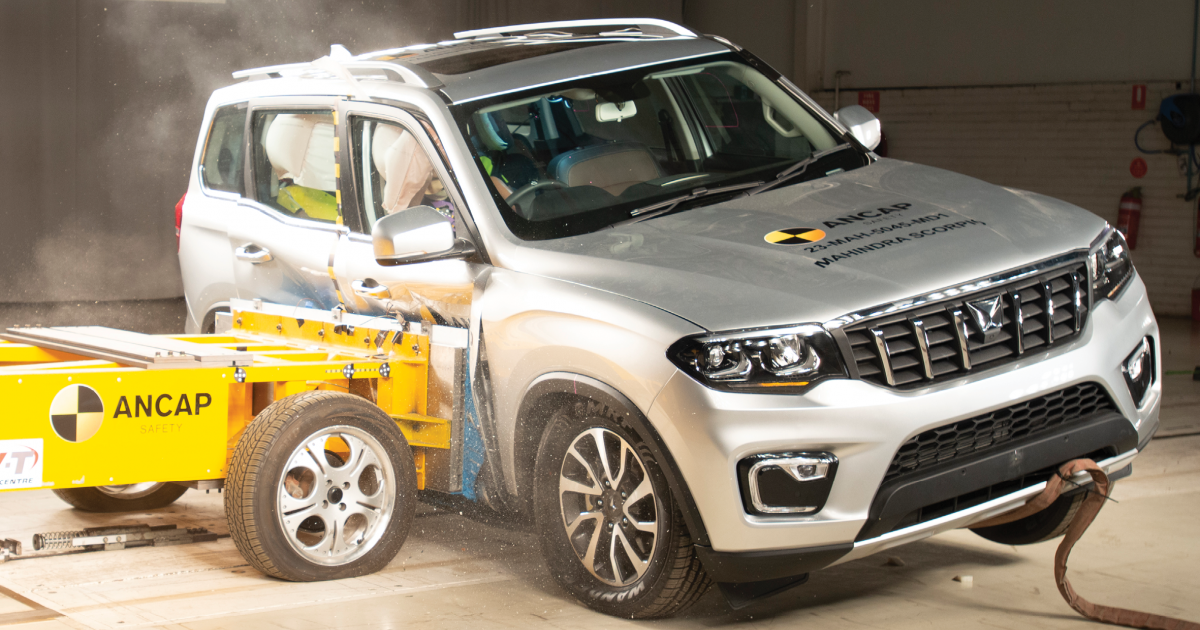
In terms of whiplash injuries, the front seats were found to offer Poor protection while the second- and third-row seats offered Marginal protection.
Like many seven-seat SUVs in the segment, there’s no curtain airbag coverage for the Scorpio’s third row, nor is there a centre airbag between the front two seats.
ANCAP also noted the driver’s seatbelt unlatched during deployment of the seatbelt pre-tensioner immediately prior to impact. This ultimately didn’t impact the test score, but ANCAP says it has advised Mahindra of this so it can examine further.
CarExpert attended the crash test of the Scorpio as a guest of ANCAP, and wasn’t advised ahead of time of what vehicle was being assessed. Mahindra wasn’t aware journalists would be attending the test.
“While the lack of collision avoidance (ADAS) features consumers have come to expect have been omitted from the Mahindra Scorpio – and play a part in limiting the Scorpio’s safety rating – a fundamental element of ANCAP assessments remains a vehicle’s physical crashworthiness,” said ANCAP CEO Carla Hoorweg.
“Until now, the physical crash performance of the Scorpio in comparison to other peer vehicle models has been unknown to Australian and New Zealand consumers, and our crash testing of this model revealed a number of deficiencies in specification, design and performance.
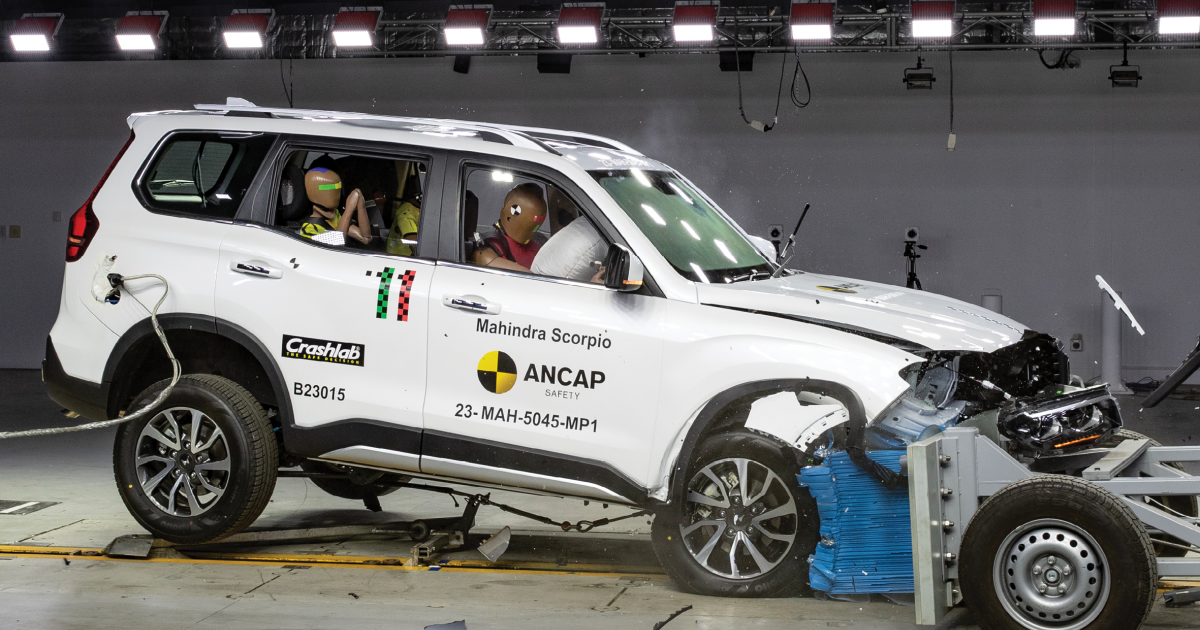
“A critical part of ANCAP’s role is to determine the physical crash performance of new models to allow consumers to make informed purchasing choices. Limiting our ratings to desktop-only assessments based on specification information alone does not allow consumers to see potential safety deficiencies and associated safety risks that some vehicles may offer.
“The crashworthiness of other earlier Mahindra models sold into the Australian and New Zealand markets was questionable at the time, which also fed into our consideration of the need to test and rate this newly-released model.
“Our recent physical crash testing of the Scorpio underscores the ongoing need for independent crash testing in addition to collision avoidance assessments.”
The Scorpio has a five-star rating from Global NCAP, but this assessment program focuses more on crash safety than crash prevention while ANCAP has continued to expand its assessment of active safety technology.
“At Mahindra, we are dedicated to providing our customers with SUVs that are safe, authentic, and reliable. The Mahindra Scorpio stands as a strong testament to this commitment,” said a spokesperson for the company.
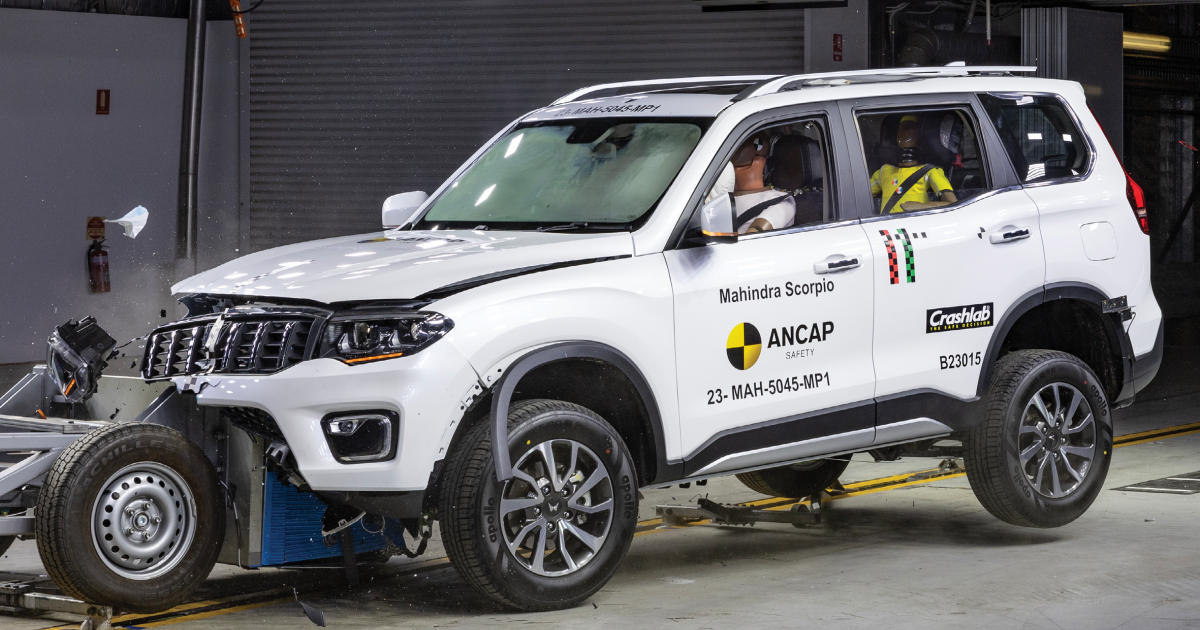
“At its launch, the Scorpio fully adhered to the Australian Design Rules (ADRs), demonstrating our dedication to meeting rigorous standards while also excelling in robust 4×4 capabilities and steadfast reliability.
“Equipped with comprehensive safety features, including 6 airbags, ESP, ABS, a crashworthy ring structure with multiple load paths and extensive use of high-strength steel, it reaffirms our focus on the structural safety of the vehicle and the protection it offers to the occupants.
“Scorpio’s Global NCAP 5-star safety rating highlights its high safety standards while demonstrating its strong structural integrity and the effectiveness of its inherent safety features.
“The Australasian New Car Assessment Program (ANCAP), updated on January 1, 2023 has specific requirements that include certain additional features.
“We at Mahindra are committed to our promise of safety and are working towards meeting unique safety regulations and these requirements for Australia as part of our product mid-cycle update.
“We continuously strive towards safety innovations, ensuring every Mahindra customer can drive our SUVs with the utmost confidence and peace of mind.”
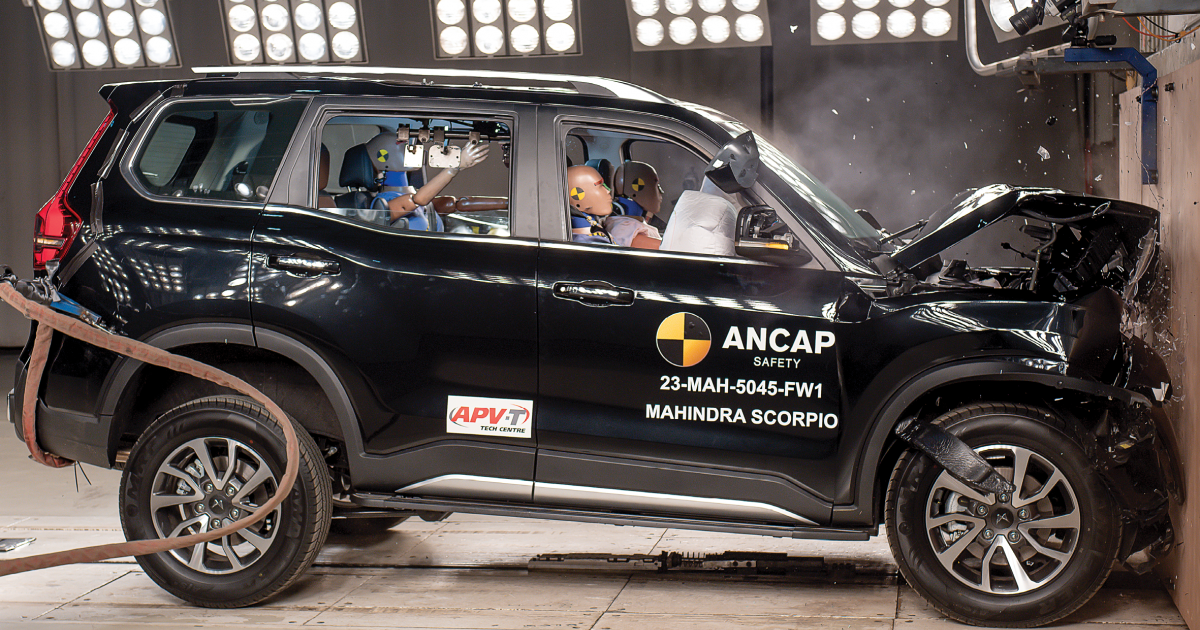
Mahindra doesn’t yet report its sales figures via VFACTS, but the brand isn’t one of the higher-volume ones on the Australian market.
Nevertheless, ANCAP chose to test the Scorpio, and highlighted its lack of autonomous emergency braking (AEB) as a trigger – particularly as it’s now assessing the motorcyclist-detecting capabilities of AEB systems.
“There’s a strong focus for us on market coverage and obviously testing high-volume sellers gets us more market coverage, but there’s a balance as well,” ANCAP chief executive Carla Hoorweg told CarExpert.
“Sometimes there are vehicles that aren’t necessarily going to be best sellers but they’re particularly concerning because of the safety features that may not be present, or there may be concerns about how those features or how the structure of the vehicle might perform.
“So it’s always a balance, we’re weighing up all of those factors. What’s the segment that it’s in? How have other vehicles performed in that segment?”
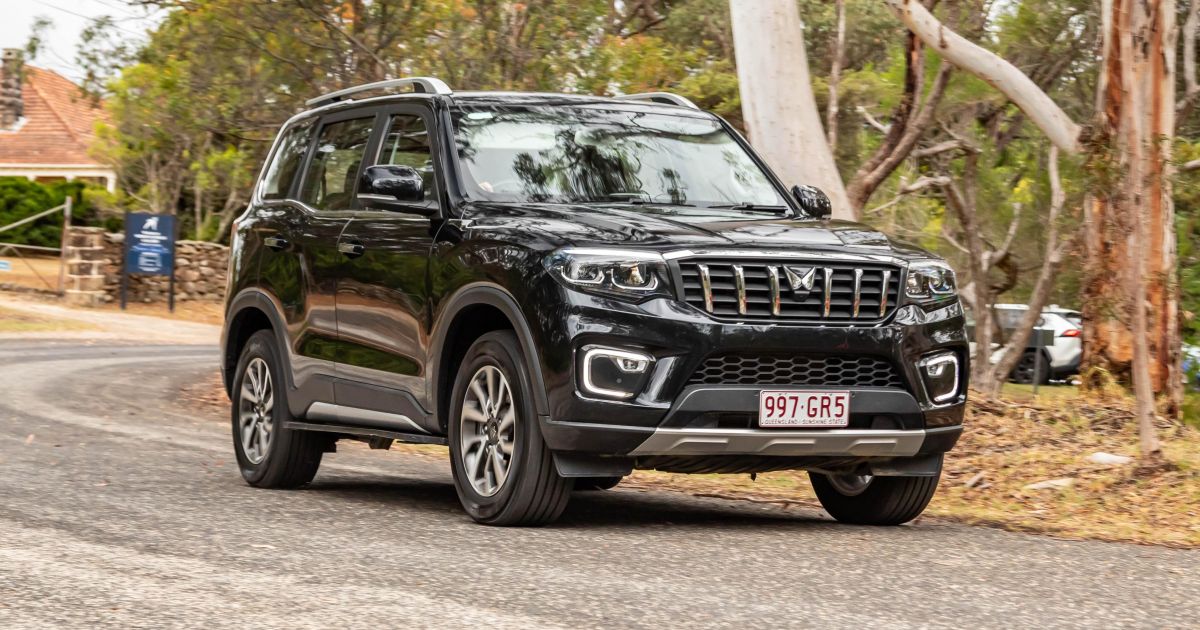
Ms Hoorweg said ANCAP considers what’s in market and where volumes are changing over time, and said the organisation can stretch its money further with support from manufacturers.
“There are decisions that we have to take in terms of how much money we have, obviously that money goes a lot further if we’ve got manufacturer support so we do try and work with manufacturers as much as we can because that helps us get more coverage,” she said.
“There are going to be times where we can’t test all the vehicles that we want to test when we want to test them, and there are going to be times where I’m sure we’ll be accused of testing something that we shouldn’t have tested.
“We have a fairly comprehensive process in terms of considering all of those factors. And we also work with our members around the vehicles that are particularly concerning for them, or if there are vehicles that are a particular interest to them.”
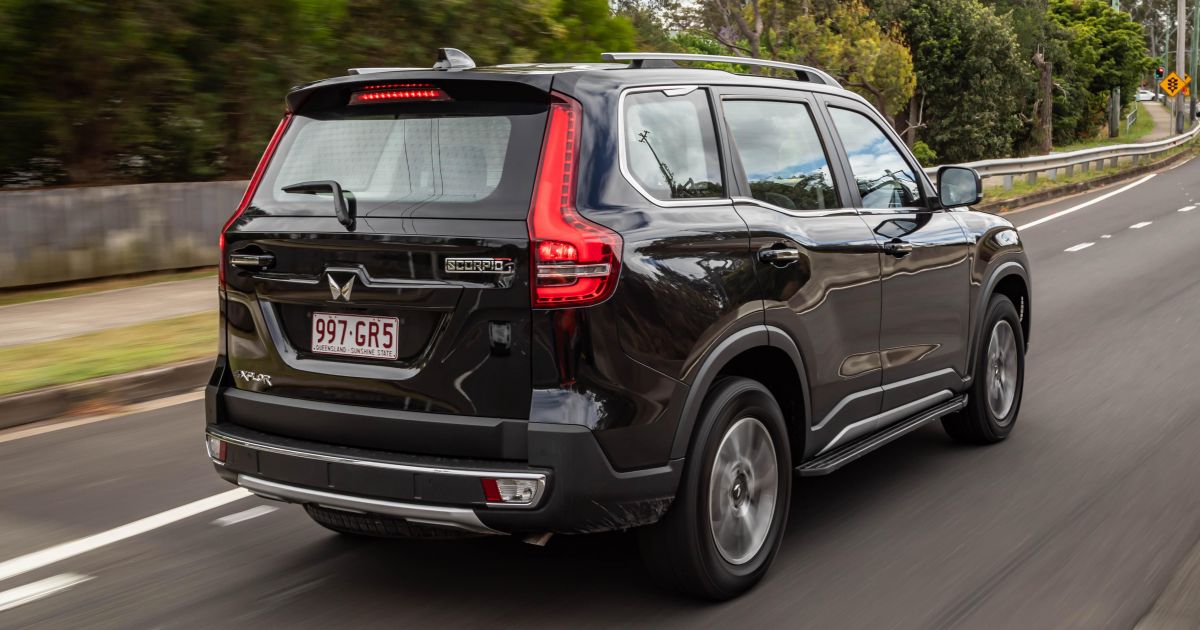
The Scorpio was approved for sale in Australia shortly before a regulation came into effect mandating autonomous emergency braking (AEB) for new vehicles.
This requirement is called Australian Design Rule 98/00 – Advanced Emergency Braking for Passenger Vehicles and Light Goods Vehicles. As the name suggests it mandates the standard fitment of autonomous emergency braking which can apply the brakes if it detects an imminent forward collision.
It came into effect for all new vehicle launches from March 1, 2023, and AEB will be mandated for all new vehicles from March 1, 2025.
The Scorpio was approved for sale by the Australian Government on November 24, 2022.
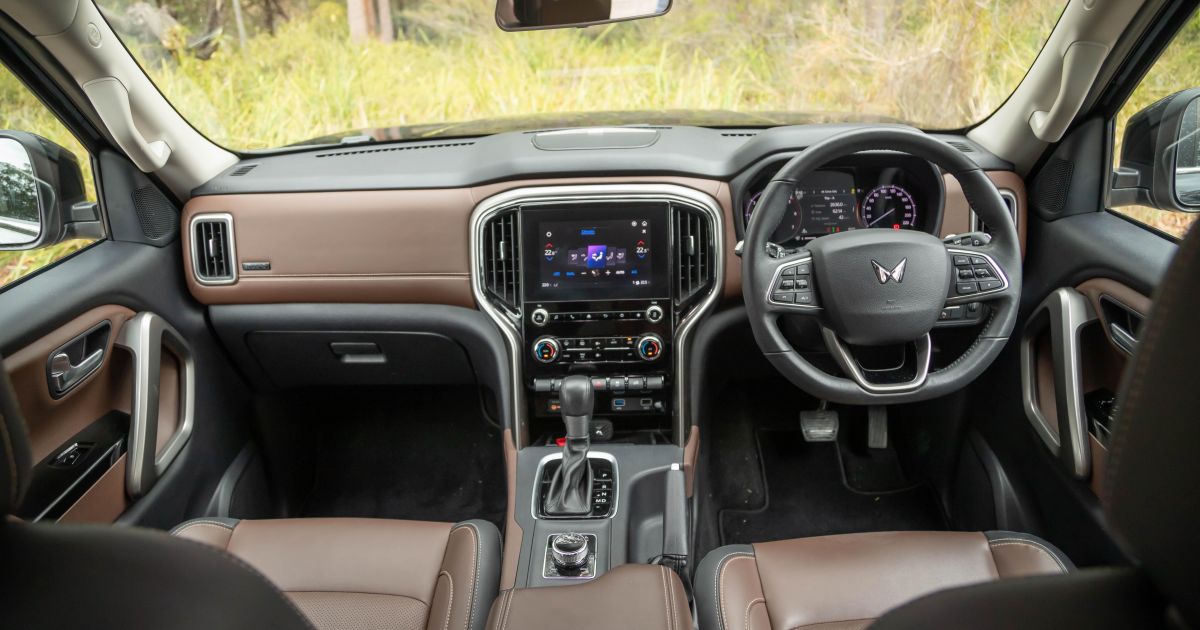
Mahindra has promised AEB will come as part of a mid-life update, which will therefore need to be before March 1, 2025.
Buyers seeking a Mahindra SUV with a suite of active safety features will need to look to the front-wheel drive XUV700, with the company having enthusiastically demonstrated the effectiveness of features like AEB and adaptive cruise control at the launch of the crossover.
ANCAP argues that if carmakers have money to invest in less important features and changes, they can offer a wide range of safety equipment.
“There are many costs going into cars and when you look at some of the facelifts that get made, and upgrades that go along within a model cycle, there’s clearly money being spent upgrading infotainment systems and other things that are not related to safety and they will have a cost as well,” said Ms Hoorweg.
“So it’s one factor in the total cost of a car.”
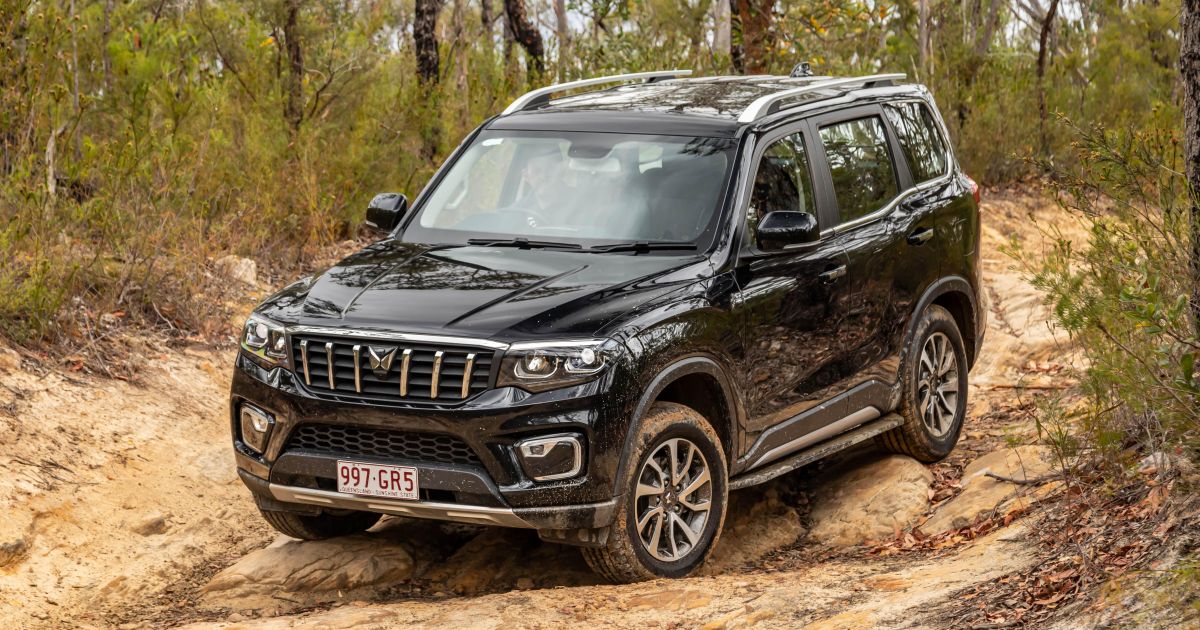
ANCAP typically tests around 6-8 vehicles a year, and can rely on Euro NCAP assessment data as it has harmonised its ratings with the sister authority with only minor differences around items like child restraints and airbag switches.
These tests are sometimes fully funded by an automaker and sometimes fully funded by ANCAP, while other times the safety authority will partner up with a company and share costs.
The vast majority are manufacturer-funded, but ANCAP confirmed it funded these tests which Mahindra executives were invited to attend.
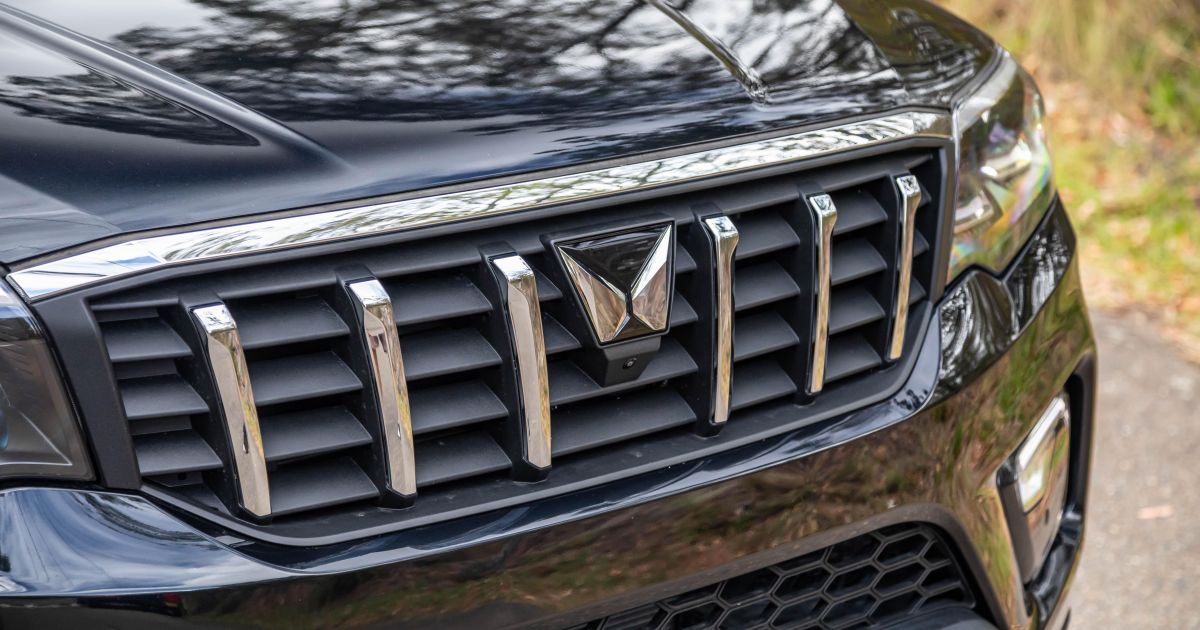
“There’s a lot of consideration that goes into which vehicles we would actually choose to work with a manufacturer on, and which vehicles we say to them you really should be funding this yourself because if you put this forward, you’re going to get a five-star rating and you want to sell it to fleets, that’s not what our money is really for,” said Ms Hoorweg.
The Scorpio is the only Mahindra to have an ANCAP rating, with the Pik-Up’s three-star rating – achieved in 2012 – now expired.
It has yet to field a vehicle with a five-star ANCAP rating, though the XUV500 came close with four stars in 2012.
MORE: Everything Mahindra Scorpio
MORE: 2024 Mahindra Scorpio review


